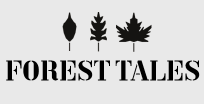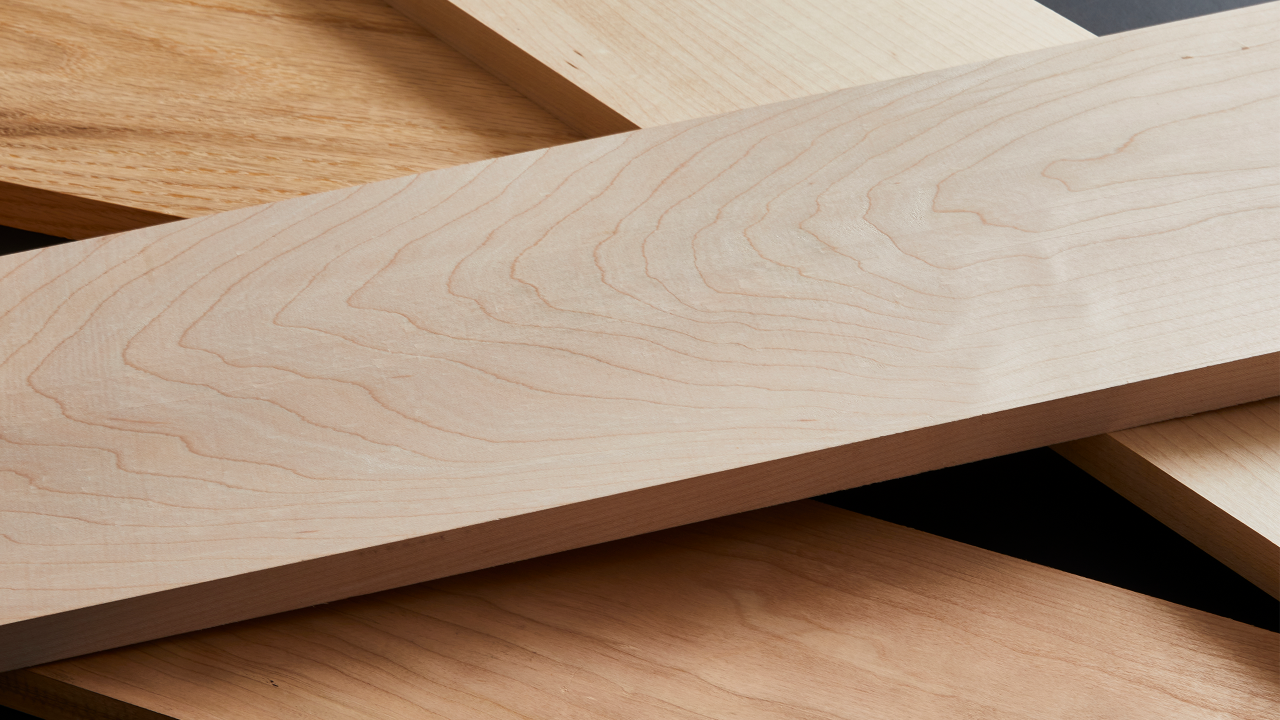Why Wood?
The American hardwood forests cover a vast area, from Maine in the north to Louisiana in the south. It’s not a planted resource, so what exists in the forest is there because nature intended it. Generations of careful selective harvesting means there are trees of all sizes and ages, creating a more dynamic environment which is vital for biodiversity and carbon sequestration.
The timber choice we make will have a long-term impact on the health of these forests. Over-reliance on a narrow selection of wood types ultimately results in supply stress – so collectively we have a responsibility to use what nature provides.
Forest Tales presents three underused timbers – American red oak, cherry and maple – and questions the assumption that the most well-known varieties of wood are always the only ‘right’ woods to use. These three sustainable timbers account for over 40% of all the standing timber, so it’s vital they aren’t ignored. With their net volume increasing by 63 million m3 each year, the volume of timber used to make all the pieces in the exhibition can be replaced by new growth in the time it takes to read this paragraph.
American red oak (Quercus species, mainly Quercus rubra)
Warm, grainy, tough and bendy.
Reaching a height of 21m, with a trunk diameter of 1m, red oak is the most abundant species in America’s hardwood forests. Named for the colour of its leaves in the fall, this classic oak wood has a light brown sapwood, and a heartwood characterised by attractive warm reddish-pink tones. Red oak is strong, straight grained, coarse- textured and distinctive. Its porosity makes it a premium wood for bending and staining.
Find out more about American red oak
American maple (Acer saccharum, Acer nigrum, Acer rubrum)
Light, fine, hard and incandescent.
A close cousin of European maple and sycamore, American maple can reach heights of 23–27m, with a trunk diameter of 75cm. This project uses two botanical subspecies, hard and soft maple, which share similar characteristics and are both relatively abundant. Hard maple is a cold-climate species favouring the northern states, whereas soft maples grow more widely across the mixed hardwood forests of the eastern United States. Both hard and soft maple produce syrup.
Find out more about American maple
American cherry (Prunus serotina)
Rich, smooth, vibrant and flexible.
A medium-size tree, reaching a height of around 20m, cherry has a relatively short rotation, taking less time to mature than other hardwoods. The narrow sapwood is a light pinkish colour, while the heartwood varies from rich red to reddish brown, and darkens on exposure to light. American cherry had a long period of popularity in furniture making; it became less popular but is on the verge of a revival.
Find out more about American cherry

